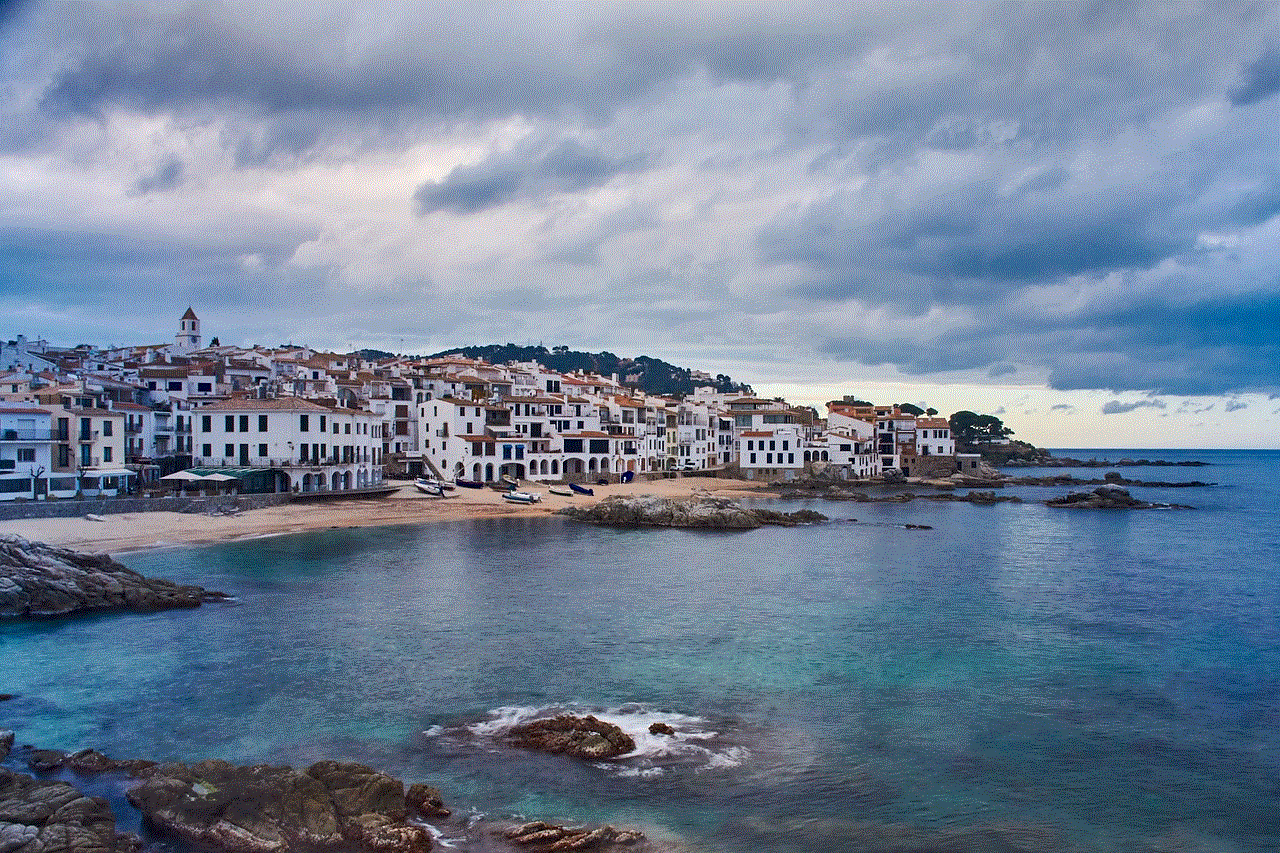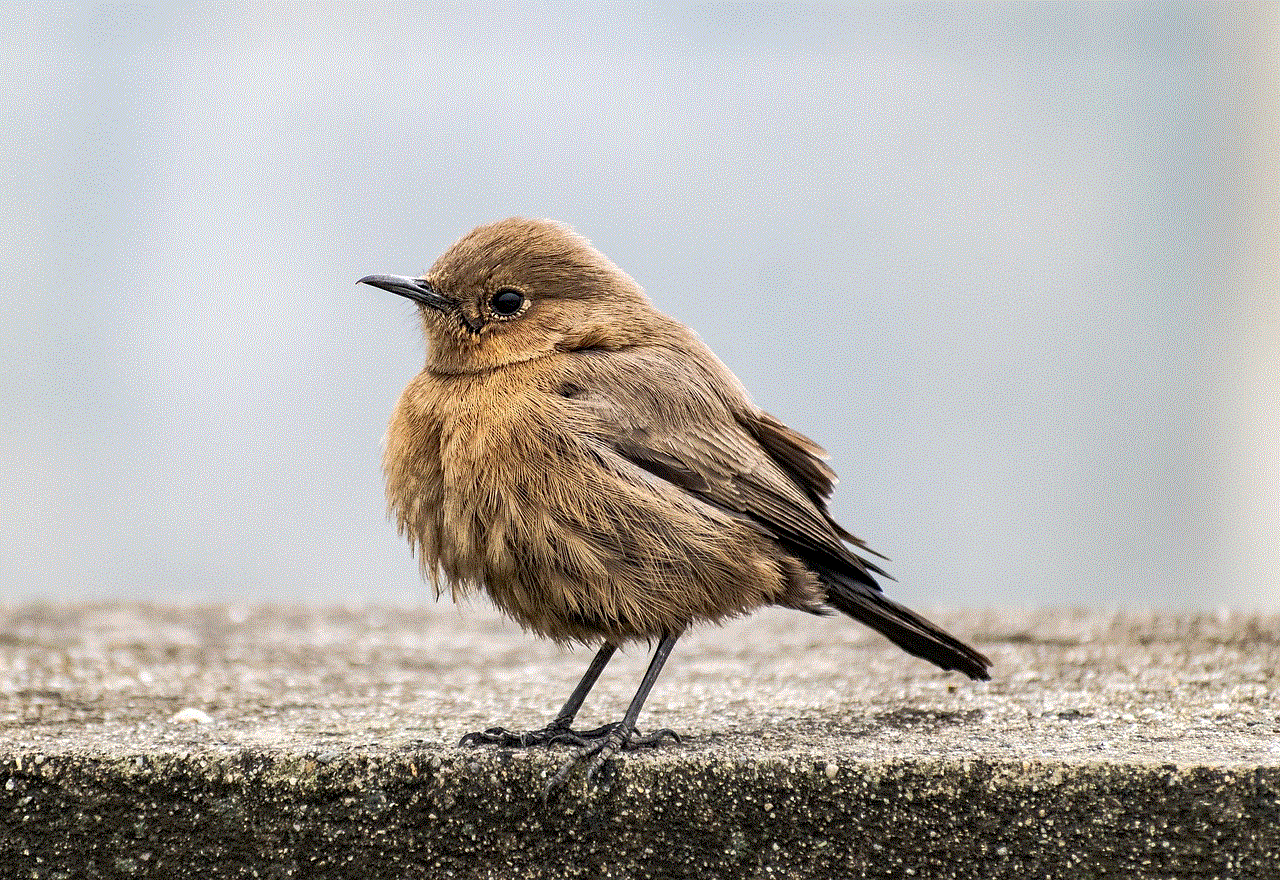its meaning in text
The meaning of a text is much more than just the words on a page. It encompasses the emotions, ideas, and messages that the author is trying to convey to the reader. In today’s world, where communication is primarily done through text, understanding the meaning of a text has become increasingly important.
The meaning of a text can be interpreted in multiple ways, depending on the perspective of the reader. This is because every individual brings their own experiences, biases, and beliefs to the text. As a result, the same text can have different meanings for different people.
For instance, a simple sentence like “I love you” can hold a different meaning for a person who is in a romantic relationship compared to a person who is expressing their love for a friend or family member. Similarly, a text message with the word “okay” can have a completely different connotation depending on the tone and context in which it is used.
One of the most crucial factors in understanding the meaning of a text is context. The context of a text includes the time, place, and cultural background in which it was written. For example, a text message sent during a casual conversation may have a different meaning than the same message sent during a business meeting. Similarly, a text written in the 1800s may have a different meaning than the same text written in the present day.
Another essential aspect of understanding the meaning of a text is understanding the author’s intentions. The author’s intentions can be revealed through their writing style, tone, and language used in the text. For example, if an author uses sarcasm or irony in their writing, it may be an indication that the text should not be taken literally.
Moreover, the meaning of a text can also be influenced by the medium through which it is conveyed. In today’s digital age, texts can be in the form of emails, social media posts, instant messages, or even memes. Each medium has its unique characteristics and conventions, which can alter the meaning of a text. For instance, a text message with a lot of emojis may be interpreted as informal and friendly, while the same message without emojis may be perceived as cold or distant.
Furthermore, the meaning of a text can also be affected by the audience for which it is intended. An author may write a text with a specific audience in mind, and the meaning of the text may only be fully understood by that particular audience. For example, a text written for a group of scientists may include technical jargon that may not be easily understood by a general audience.
In addition to the factors mentioned above, the use of literary devices such as metaphors, similes, and symbolism can also add layers of meaning to a text. These devices allow authors to convey complex ideas and emotions through their writing, making the text more engaging and open to interpretation.
Moreover, the meaning of a text can also be influenced by the reader’s emotional state. For example, a reader who is going through a difficult time may interpret a text differently than a reader who is in a happy state of mind. The emotional state of the reader can also affect their ability to understand the meaning of a text.
Furthermore, the meaning of a text can also change over time. This is because human experiences and perspectives are constantly evolving, and so is the interpretation of a text. A text that was once considered groundbreaking and influential may lose its relevance and meaning as society progresses and changes.
Another aspect of understanding the meaning of a text is being able to read between the lines. This means being able to understand the hidden or implied messages in a text. Many times, the most significant meaning of a text lies beneath the surface, and it takes careful reading and analysis to uncover it.
In today’s world, where fake news and misinformation are rampant, understanding the meaning of a text has become even more critical. It is essential to critically analyze the information presented in a text and not take it at face value. This involves fact-checking and verifying the credibility of the source.
In conclusion, the meaning of a text goes beyond the words on a page. It is influenced by various factors such as context, author’s intentions, medium, audience, literary devices, and the reader’s emotional state. Understanding the meaning of a text requires careful analysis and critical thinking, and it is crucial in today’s world where communication is primarily done through text. As readers, we must be aware of these factors and actively engage with the texts we encounter to fully understand their meaning.
how do i know if im blocked on whatsapp
WhatsApp has become one of the most popular messaging apps in the world, with over 2 billion active users. It allows people to stay connected with their friends and family, send photos, videos, and voice messages, and even make voice and video calls for free. However, as with any social media platform, there may be times when you are wondering if someone has blocked you on WhatsApp. In this article, we will discuss how to know if you are blocked on WhatsApp and what steps you can take to confirm your suspicions.
What does it mean to be blocked on WhatsApp?
Before we dive into the ways to know if you are blocked on WhatsApp, let’s first understand what it means to be blocked on the app. When someone blocks you on WhatsApp, it means that they have prevented you from sending them messages or seeing their profile picture, last seen status, and status updates. You will also not be able to make voice or video calls to the person who has blocked you. Essentially, you will be invisible to them on the app.
What happens when you block someone on WhatsApp?
When you block someone on WhatsApp, they will not receive any notification that they have been blocked. However, they may notice that they are unable to see your profile picture, last seen status, and status updates. They also will not be able to send you messages or make calls to you. Any previous chats or media shared between the two of you will still be visible, but they will not be able to send you any new messages.
How to know if you are blocked on WhatsApp
Now that we have a clear understanding of what being blocked on WhatsApp means, let’s look at the signs that can indicate that you have been blocked by someone on the app.
1. Unable to see last seen status and online status
One of the first signs that you have been blocked on WhatsApp is that you will not be able to see the person’s last seen status or when they were last online. This is because when someone blocks you, they automatically hide their last seen and online status from you.
2. No profile picture
Another indication that you have been blocked on WhatsApp is that you will not be able to see the person’s profile picture. Instead, you will see a blank space or a default avatar. This is because when someone blocks you, their profile picture is hidden from you.
3. No updates to their status
WhatsApp allows users to post status updates that can be seen by their contacts. However, if you have been blocked by someone, you will not be able to see any updates to their status. This is because when someone blocks you, their status updates are also hidden from you.



4. Unable to make voice or video calls
If you have been blocked by someone on WhatsApp, you will not be able to make voice or video calls to them. When you try to call them, the call will not go through, and you will see a message saying “Call Failed.”
5. No double check marks on sent messages
On WhatsApp, double check marks indicate that your message has been delivered to the recipient’s phone. However, if you have been blocked by someone, you will only see a single check mark next to your sent messages, indicating that they have not been delivered.
6. Unable to add them to a group
Another sign that you have been blocked on WhatsApp is that you will not be able to add the person to a group chat. When you try to add them, you will see a message saying, “You are not authorized to add this contact.”
7. Unable to see their “typing” status
When someone is typing a message to you on WhatsApp, you can see the “typing” status below their name in the chat. However, if you have been blocked by someone, you will not see this status, even if they are typing a message to you.
8. Unable to see their “last seen” in group chats
If you are in a group chat with the person who has blocked you, you will not be able to see their “last seen” status in the group. This is because when someone blocks you, they automatically hide their last seen status from you, even in group chats.
9. You have been removed from their contact list
If you have been blocked on WhatsApp, you will be automatically removed from the person’s contact list. This means that you will not be able to see their name in your contact list, and you will not be able to message or call them.
10. You can’t see their “about” information
On WhatsApp, users can add a short description about themselves in the “about” section of their profile. If you have been blocked by someone, you will not be able to see their “about” information.
What to do if you think you have been blocked on WhatsApp?
If you have noticed some or all of the signs mentioned above, it is possible that you have been blocked on WhatsApp. However, it is also important to note that there may be other reasons why you are experiencing these signs. For example, the person may have changed their privacy settings, or they may have deleted their account.
To confirm your suspicions, you can try to send a message to the person or call them. If you are blocked, your message will not be delivered, and the call will fail. Another way to confirm is by asking a mutual friend to check if they can see the person’s last seen status, profile picture, and updates to their status.



In conclusion, being blocked on WhatsApp can be a frustrating experience, especially if you are unsure of the reason. If you have been blocked, it is essential to respect the person’s decision and not try to contact them through other means. However, if you have not been blocked, it may be a temporary issue, and it is best to communicate with the person to resolve any misunderstandings. WhatsApp provides a convenient way to stay connected with your loved ones, and it is important to use it respectfully and responsibly.
pokemon maps that work
Pokémon, the popular Japanese media franchise, has been entertaining people worldwide since its inception in 1996. The game’s concept revolves around players catching, training, and battling fictional creatures called “Pokémon” in a world filled with various landscapes and regions. As the franchise grew in popularity, it expanded into various forms of media, including television shows, movies, trading cards, and, of course, video games. One of the most exciting aspects of the Pokémon games is the diverse range of maps that players can explore. These maps not only provide a visually stimulating experience but also play a crucial role in the gameplay. In this article, we will take a closer look at the Pokémon maps that work and the reasons behind their success.
1. Kanto Region: The first-ever Pokémon map introduced in the game was the Kanto region. It is based on the real-life Kanto region in Japan and consists of eight cities, including Pallet Town, Viridian City, and Lavender Town. The map is relatively small compared to other regions, making it perfect for beginners to navigate through. The Kanto region is known for its diverse landscapes, including forests, mountains, and beaches, making it a visually appealing map. The region also holds many iconic locations, such as the Pokémon League and the Safari Zone, making it a fan-favorite among players.
2. Johto Region: The Johto region was introduced in the second generation of Pokémon games, Gold, Silver, and Crystal. It is based on the Kansai and Tokai regions of Japan and consists of eleven cities, including New Bark Town, Goldenrod City, and Ecruteak City. The map features a mix of old and new locations, with some areas from the previous Kanto region also accessible. The Johto region is known for its scenic landscapes, including the National Park and Mt. Silver, making it a popular choice among players.
3. Hoenn Region: The Hoenn region was introduced in the third generation of Pokémon games, Ruby, Sapphire, and Emerald. It is based on the real-life Kyushu region of Japan and consists of sixteen cities, including Littleroot Town, Slateport City, and Sootopolis City. The map features a tropical climate, with many islands and water bodies, making it stand out from the previous regions. The Hoenn region is also known for its diverse range of terrains, from deserts to volcanoes, making it a challenging map to navigate through.
4. Sinnoh Region: The Sinnoh region was introduced in the fourth generation of Pokémon games, Diamond, Pearl, and Platinum. It is based on the real-life island of Hokkaido, Japan, and consists of twenty towns and cities, including Twinleaf Town, Hearthome City, and Snowpoint City. The map features a diverse range of terrains, including forests, mountains, and snow-covered areas, making it a visually stunning map. The Sinnoh region is also known for its many iconic locations, such as the Battle Zone and the Distortion World, making it a fan-favorite among players.
5. Unova Region: The Unova region was introduced in the fifth generation of Pokémon games, Black, White, Black 2, and White 2. It is based on the real-life regions of New York City and New Jersey and consists of eleven cities, including Nuvema Town, Striaton City, and Castelia City. The map features a modern and urban setting, with many skyscrapers and city-like areas, making it stand out from the previous regions. The Unova region is also known for its many unique features, such as the Pokémon Dream World and the Battle Subway, making it a popular map among players.
6. Kalos Region: The Kalos region was introduced in the sixth generation of Pokémon games, X and Y. It is based on the real-life regions of France and Western Europe and consists of twenty cities, including Vaniville Town, Lumiose City, and Snowbelle City. The map features a mix of modern and medieval architectures, with many iconic locations, such as the Prism Tower and the Tower of Mastery. The Kalos region is also known for its diverse landscapes, from cities to caves, making it a visually stimulating map for players.
7. Alola Region: The Alola region was introduced in the seventh generation of Pokémon games, Sun and Moon, and Ultra Sun and Ultra Moon. It is based on the real-life Hawaiian islands and consists of four main islands, including Melemele Island, Akala Island, Ula’ula Island, and Poni Island. The map features a tropical climate, with many beaches and volcanoes, making it a visually stunning map. The Alola region is also known for its many unique features, such as the Island Trials and the Battle Royal, making it a fan-favorite among players.
8. Galar Region: The Galar region was introduced in the eighth generation of Pokémon games, Sword and Shield. It is based on the real-life regions of England and Scotland and consists of ten cities, including Wedgehurst, Motostoke, and Wyndon. The map features a mix of modern and medieval architectures, with many iconic locations, such as the Galar Mine and the Hammerlocke Stadium. The Galar region is also known for its many unique features, such as the Wild Area and the Dynamax battles, making it a popular map among players.
9. Pokémon Go : In 2016, Pokémon Go, a location-based augmented reality game, was released for mobile devices. The game uses real-world maps, such as Google Maps, to create a virtual map for players to explore. The game features various locations, such as PokéStops and Gyms, where players can collect items and battle other players, respectively. The game’s success can be attributed to its use of real-world maps, which makes the gameplay more immersive and interactive.
10. Pokémon Snap: Pokémon Snap, a spin-off game released in 1999, features players exploring various maps and taking pictures of Pokémon in their natural habitats. The game’s maps are filled with different environments, such as beaches, caves, and forests, each with its unique Pokémon species to capture. The game’s success can be attributed to its visually stunning maps, which provide a fresh and exciting experience for players.



In conclusion, Pokémon maps play a crucial role in the success of the franchise. These maps not only provide a visually stimulating experience but also play a significant role in the gameplay. Each map is carefully designed to fit the region’s theme and features a diverse range of terrains, iconic locations, and unique features, making them stand out from each other. With the franchise’s constant growth and evolution, we can expect more exciting and visually appealing maps to explore in the future.